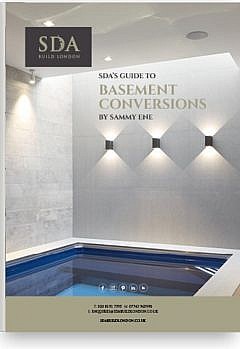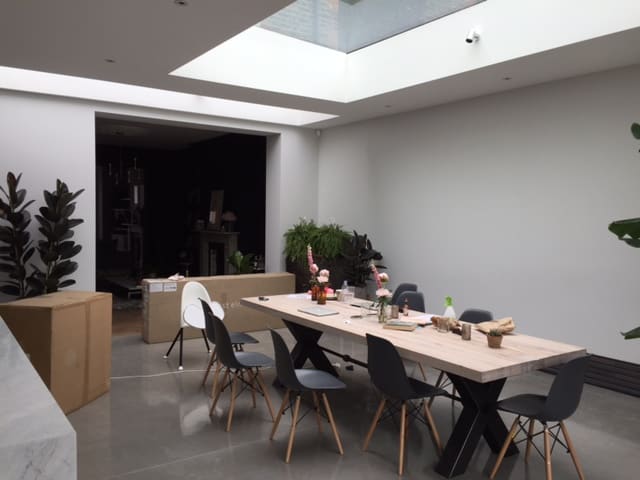 25 years experience
25 years experience  Restoration Experts
Restoration Experts  Award Winning
Award Winning  Basement Specialists
Basement Specialists BASEMENT CONVERSIONS
What your basement can do...
Many property owners across South West London are maximising their home’s value with extensions and basement conversions. But for many that are unable to extend their homes upwards or outwards due to planning permissions or limited space, there’s only one solution: to build downwards!
WHATS IN THE GUIDE
We love doing basement conversions, and for a good reason: we’re generally able to build roomy open areas that give our clients the freedom to create their perfect space, unrestricted by load bearing walls or council rules. Better yet, moving certain rooms into the basement (like the utility room or downstairs bathroom) allows the ground floor of a home to expand out. In conjunction with even the smallest of rear or side extensions, it can completely transform a modest home into a spacious abode.
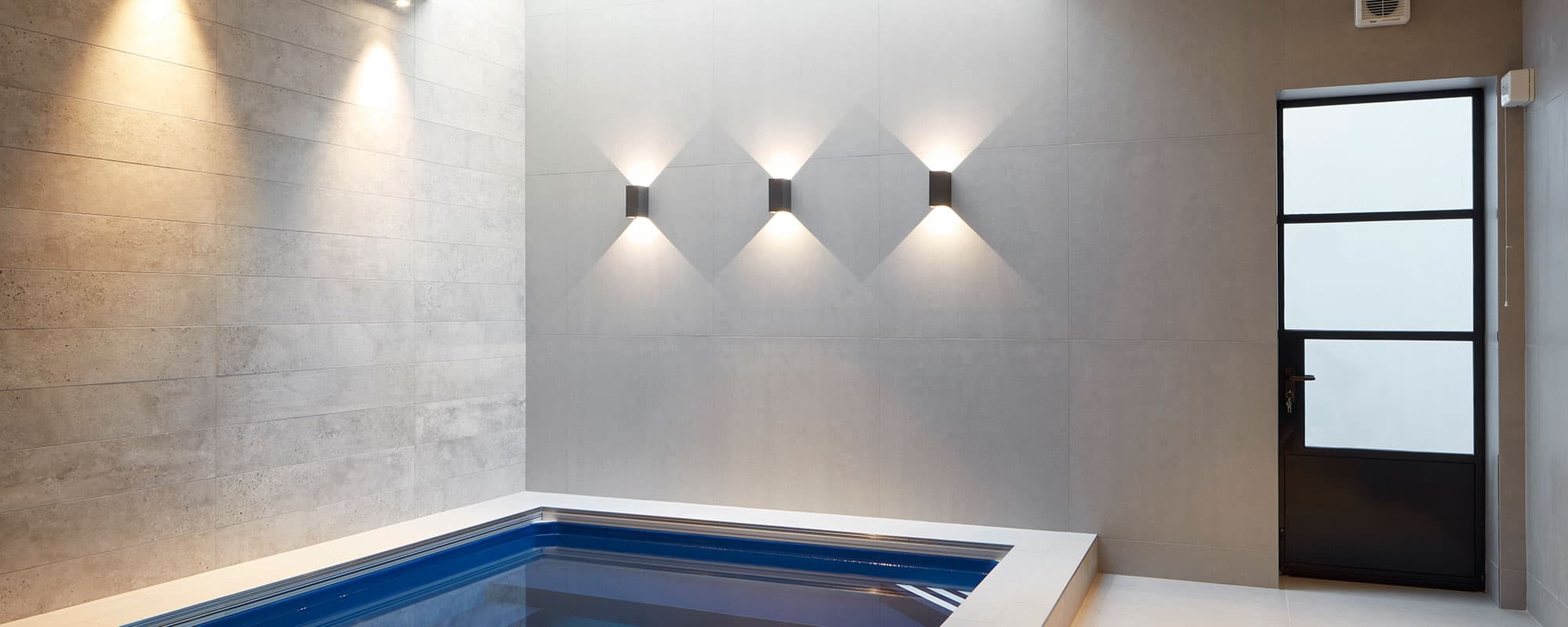
The answer? Just about anything (within reason of course).
We have built several basements in homes across South West London with a variety of different uses, designs and styles. See some of our Projects here.
A basement can be unapologetically large, spanning across the entire width and breadth of your ground floor. You are literally spoiled for choice in terms of what you might want to build in your basement.
We see the basement as being used in primarily two ways. Externally; where its use is for entertaining friends and family and internally where its use is for your family as a haven for precious family time with of course some overlap now and again.
If you are thinking about using it as a space for entertaining and guests, think about installing a fully equipped Games Room? One with a table tennis table, pool table, a small golf putting area? Add a bar to one and side and we imagine yours would be the ultimate party house.
We recently built a state-of-the-art cinema room at a home in Fulham. With Hollywood as the theme and a wine cellar boasting some of the finest wines in the world, this basement embodies, style, class and sophistication.

If, like one of our clients, you are a wine connoisseur, you can create a large temperature controlled wine cellar to house and protect your vintage wines and barrels.
Speaking of connoisseurs, one of our clients has converted their basement into an inspired art gallery to showcase his expensive and highly prized art collection.
If, on the other hand, you want a space that is focussed on yourself and your family, you could create a master bedroom with an en-suite, walk in wardrobe and dressing room that could be fit for the Queen. Or you could pack the kids off to their “underground’ playroom, giving them a space to unwind, have friends over and use as a den.
A home cinema with luxurious seating and surround sound systems would be the ideal setting for a Friday night in with the family; popcorn, candyfloss and perhaps The Sound of Music, James Bond or Mamma Mia, depending on your taste.
For those with slightly less dramatic tastes a family/TV room in the basement is exactly what’s needed to relax with in your dressing gown with a glass of wine and watch your favourite TV shows after a long day at work.
We recently built a stunning kitchen/diner in the basement at a home in Wandsworth. Not only was there no compromise on anything they wanted due the expanse of space, but it created a central point for the family to gather in the mornings and evenings away from distractions of homework and TV. This kitchen had two entrances; one from inside and one from outside, which led directly into their stunning garden. This gave this underground kitchen huge amounts of natural sunlight and a sense of space and air.
If you’ve always loved the smell of books and dreamed of living in the British Library, well, you can almost do that by creating a library in your basement. With comfortable seating, a movable ladder across your collections of precious books and maybe some soft music in the background, you could be living your dream.
Do you prefer to work from home and avoid a painful commute? Why not make the basement into your home office? If you have staff, you could create an entrance via your garden so they don’t have to go through the house. Or you could create consulting rooms if you are a medical professional like a physiotherapist or a psychiatrist. It would be easy enough to create cubicles for examinations and privacy.
If fitness is your thing, then how about a fully equipped gym in your basement? You’ll have absolutely no excuses to avoid working out. Weather, time, transport… all these excuses will be deemed null and void :-). All you have to do is make sure you are ready to pump up your heart on the treadmill and tone those muscles with the weights.
And whilst you are in fitness mode, you could build a swimming pool in your basement. This is luxury at the highest level. Imagine the feeling of bliss when you enter the heated pool after a session at the gym or after a tiring day in the office.
As evident, the possibilities are endless. Your basement can serve whatever purpose you want it to.

Basement Conversion costs – What you need to consider
The first step, whether you are building a basement, extension or a loft conversion is to appoint an architect and apply for planning permission. Finding the right architect is one of the most important decisions you will need to make. Spend a few minutes reading our blog on how you should go about selecting an architect for your project. If you need architect recommendations, download our Guide on the “The Top London Residential Architects 2019.”
In addition to planning permission, basement conversions will need a Building Regulation application to be submitted (i.e. a Full Plans Application or Building Notice submission), where the intention is to provide any one or all the following. Basically, if your basement is intended to be a habitable space it will need approval from building regulations.
- An extra bedroom
- A bathroom or en-suite
- A playroom
- A study/office
- A fixed staircase
The Building Regulations are statutory minimum construction standards that ensure buildings are safe, hygienic and energy efficient. The renovation of an existing habitable basement, or the repair of a cellar that does not involve a change of use, i.e. from storage to storage, is excluded from the Building Regulations.
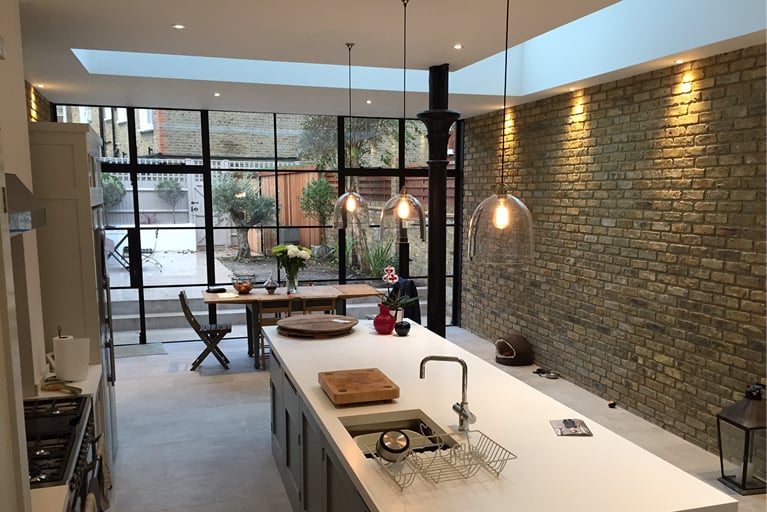
For guidance on meeting the Building Regulations, get a copy of the Approved Document — Basements for Dwellings, which includes all the relevant regulations.
It is best to make a Full Plans Application for a cellar conversion, rather than to follow the Building Notice procedure, as this allows all design details to be resolved in advance of the work.
When planning new basements for housing, attention is required to the provision of fire separation between the basement and ground floor, a fire escape from the basement and disabled access and entrance.
Below is a summary of the issues related to basements under two-storey houses with typical floor to ceiling height.
Building regulations include:
- Site Preparation and resistance to moisture (Part C)
- Structure - Walls and foundations (Part A)
- Fire Safety (Part B)
- Conservation of fuel and power (Part L1)
- Ventilation (Part F)
- Resistance to the passage of sound (Part E)
- Drainage and waste disposal (Part H)
- Heat producing appliances (Part J)
- Access and facilities for disabled persons (Part M)
- Vehicle access
Basement conversions are the most expensive of domestic building work and should be designed and constructed by people aware of the health and safety aspects affecting building occupiers. The following points must be considered and catered for in basement conversions.
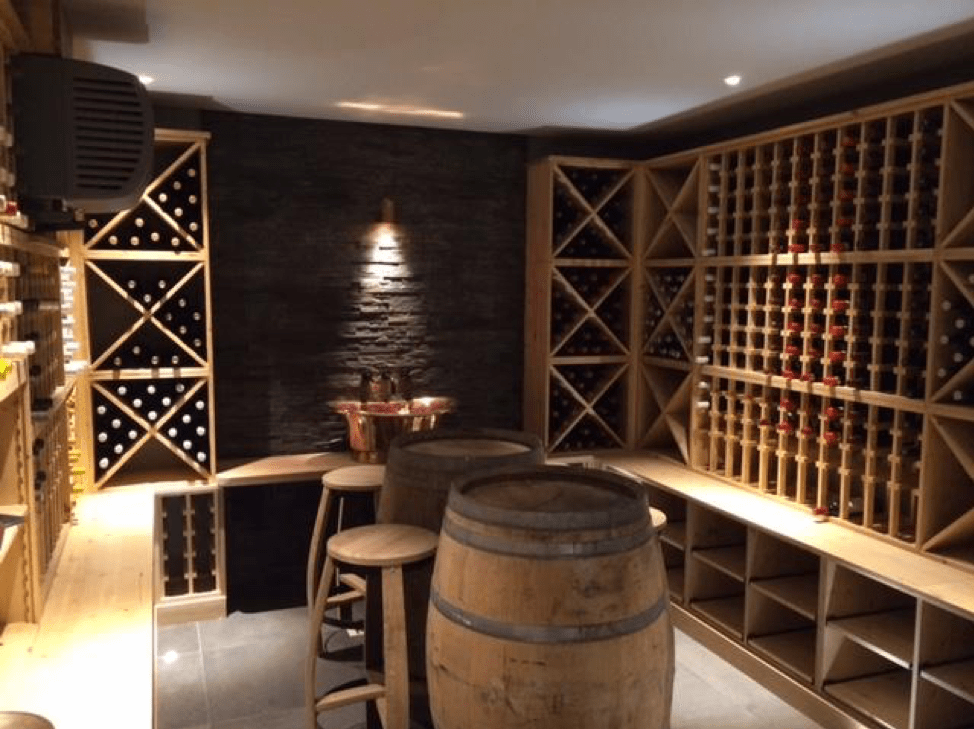
Tanking
Tanking systems provide an impermeable waterproofing coating to the walls and floor, helping keep cellars dry.
Proprietary tanking systems can be used and should have BBA or similar independent accreditation. (The British Board of Agrément (BBA) is a UK body issuing certificates for construction products and systems and providing inspection services in support of their designers and installers).
Cementitious render can be used if the system has BBA or similar accreditation. Liquid applied waterproofing material can also be used and in this case an adequate loading construction must be used to reduce the risk of it being blown off the walls. Any other system that is proposed should be backed by a suitable third party insurance guarantee.
Means of escape in case of fire
The conversion of a cellar into a habitable room does add to the risk to the means of escape in case of fire in a dwelling. The ceiling areas within the basement may need to be upgraded to be fire resistant. In some circumstances a basement should be separated from the rest of the house using an FD20 fire door.
In some circumstances, (particularly where the basement is accessed from a room at ground level) an escape window or a door giving access directly to outside should be provided. A person escaping from a window or door from the basement should be able to get easily to ground level outside of the house and move away from the house. Suitable steps with a recommended pitch of 42 degrees should be provided from the window or door well.
An escape window is one that has a minimum area 0.33m² with no dimensions less than 450mm, the bottom of which is situated not more than 1100mm above the floor.
Smoke alarms
Mains operated and interlinked smoke detectors should be provided to the ground floor hallway and first floor landing. If the basement becomes a kitchen a heat detector should be provided to the kitchen.
Ventilation to the room
Rapid ventilation (an opening which is not less that 1/20th of the floor area) and secure and controllable background ventilation (8000mm² for habitable rooms and 4000mm² for kitchens, bathrooms and utility rooms) should be provided. This is the usual standard for new rooms.
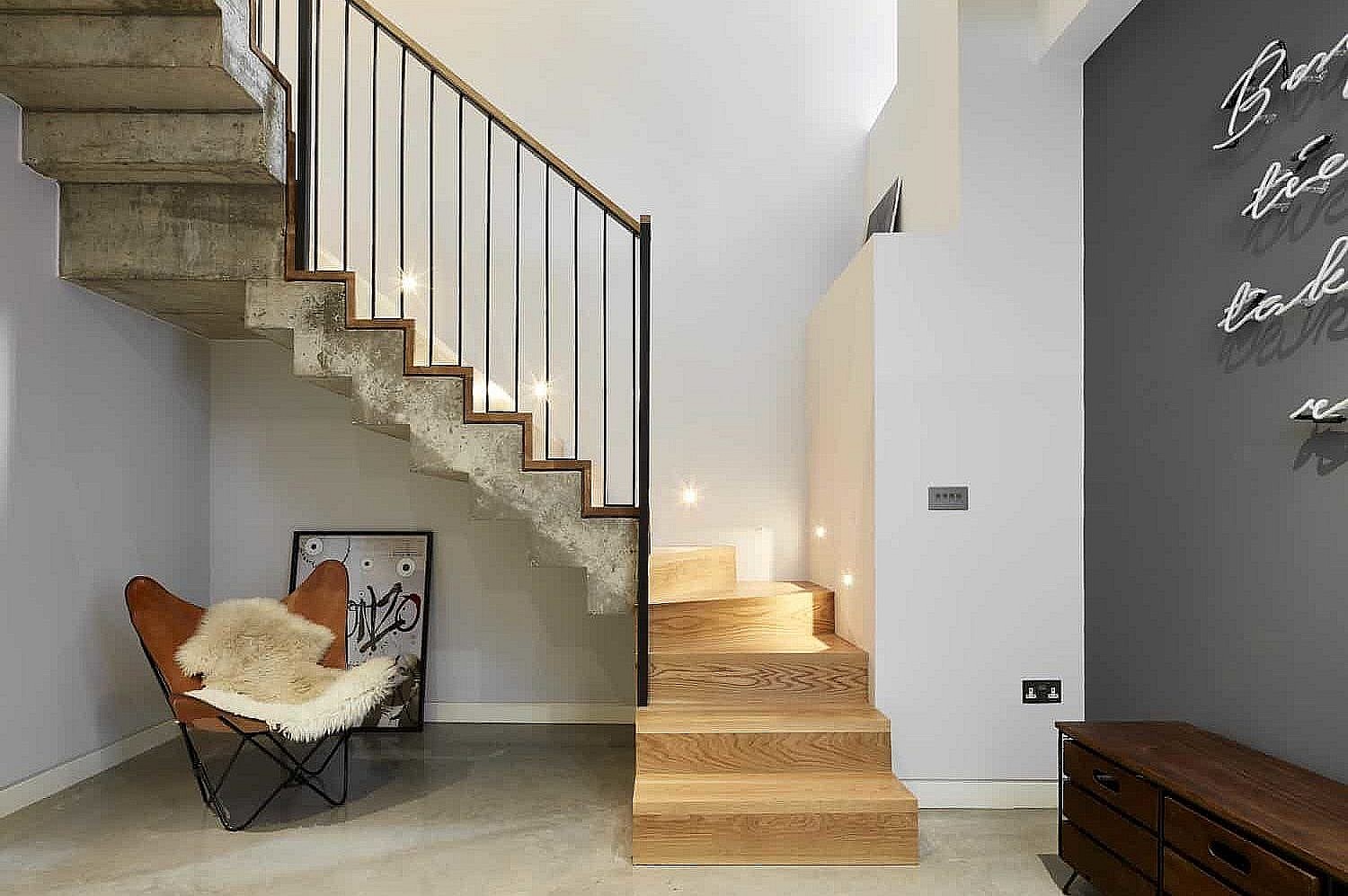
Stairs
New stairs to the room should be as the standard for new stairs i.e. 42 degrees pitch with ideally 2.0m headroom, with suitable handrails and non-climbable and with openings that a 100mm sphere cannot pass through.
Guarding to the new or enlarged window/door well
Where the difference in levels is 600mm guarding should be provided to prevent people falling into the well. It should be 1100mm high, non-climbable and with openings that a 100mm sphere cannot pass through.
Thermal insulation
A reasonable thickness of insulation should be provided to the existing walls and floor, meeting current new build standards where practicable. The insulating material must be compatible with the tanking material. New windows and doors should be to today's standard i.e. a "U" value of 1.6 Wm²/k. The new room should be fitted with a light that is energy efficient.
So, whilst a basement is an exciting thought, you need a specialist building team, experienced in constructing basements and therefore aware of all the building regulation requirements and can come up with workable solutions to any obstacles that might come up.
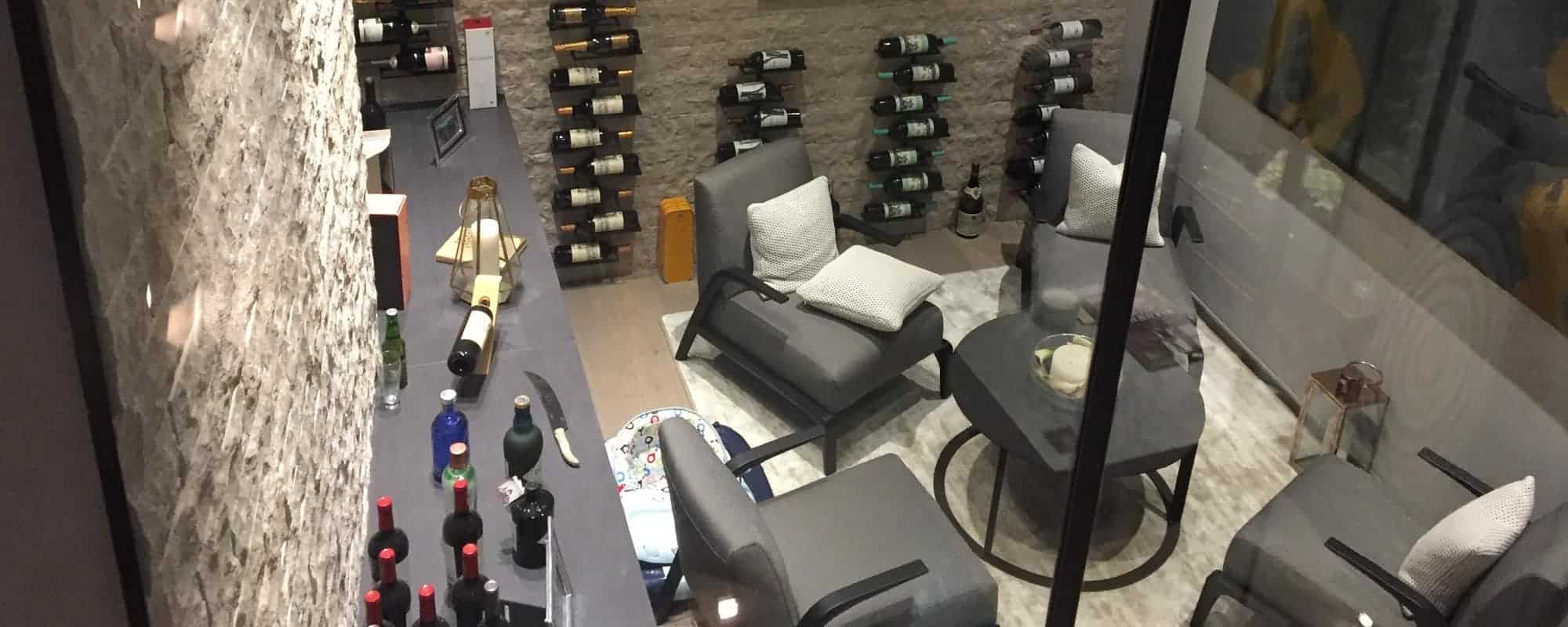
Basement Waterproofing … The most important element in basement building
There are several structural regulations that must be adhered to when excavating below ground and these are areas that your architect and builder will take care of. However, one of the most important elements to consider is the waterproofing of your basement. One of the reasons homeowners are put off building basements is due to the possibility of flooding and leaking resulting in damage to furniture or equipment.
We cannot stress enough how important it is to ensure your basement has a robust and hardy waterproofing system installed. Whatever method of waterproofing is used in your basement should be appropriate for resisting ground water pressure and should have British Board of Agreement (BBA) or similar independent technical accreditation.

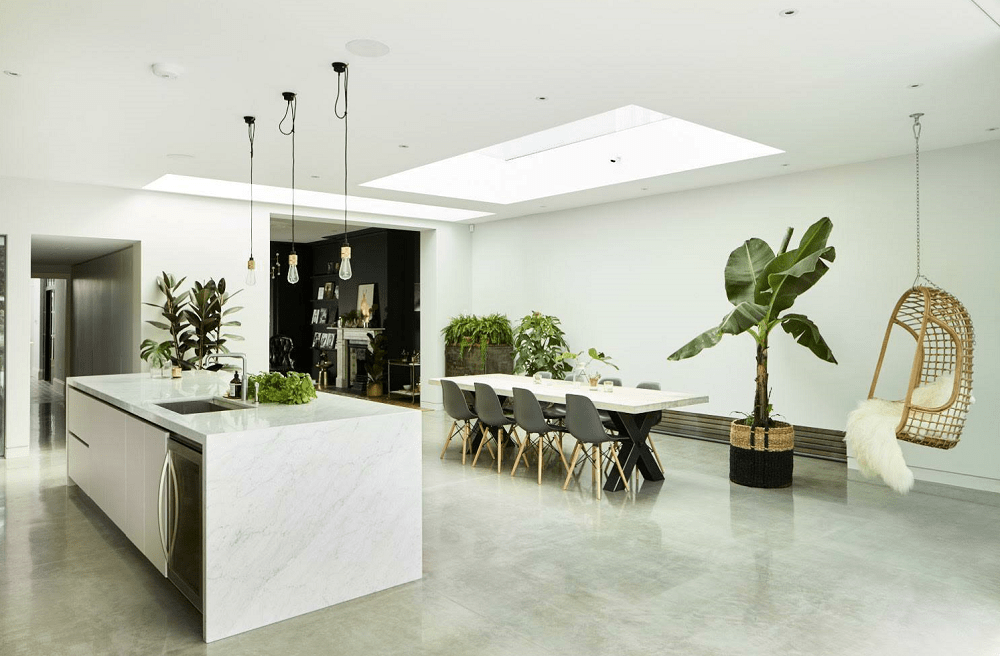
One of the well-known waterproofing methods used by many builders is ‘tanking.’ Tanking is a generic term used to describe various mediums which are used to deal with water entering a below ground building. Tanking membranes are really barriers which are applied to the structure to physically hold back water ingress and are the more traditional method of dealing with water from the ground. Tanking forms a completely waterproof box in the ground – like an inside-out swimming pool – but water pushing against a solid tanking barrier has a way of finding its way past or through in the end.
Today, most basement specialists use a more sophisticated cavity membrane system. This is a textured breathable membrane around the entire basement behind which any damp is trapped and channelled down the outside of the basement walls, under the floor and into a sump from where it is pumped harmlessly away.
As experienced builders with many years under our belts, the SDA Team have often been called in to fix many a botched project, and sadly one of the most common botches is poor waterproofing.

For this very reason, SDA Build London is proudly accredited by the UK’s leading waterproofing brand, Delta, with all our basement conversion projects installing their cutting-edge Delta Membrane Systems.
This high-density polyethylene covering is applied to the walls, floors and ceilings of a basement dig out, where it blocks, controls and drains any potential ground water ingress from entering a property. It can be applied to new, existing and retrofit projects, and is flexible and durable so it can cope with movement or vibration in the home – important as this is often the cause of basement flooding! All our Delta Membrane installations come with a 30-year warranty that ensures your basement is protected.

What can go wrong?
The basements we have built have ultimately put a smile on our customer’s faces; it’s that space they have envisioned that adds the ‘wow’ to their home, whether it’s a space of calm or a space to entertain. That doesn’t mean however, that the process of building these basements have been completely smooth-sailing. We have experienced several challenges in some of the conversions we’ve built. The key, of course, is to overcome these challenges by finding workable solutions.
If you are thinking about converting your basement, be aware of some of these potential roadblocks along the way, but do remember there is always a solution to every problem.
- Planning permission
Excavating a basement is a major structural undertaking and will require planning permission via your local council. Make sure you appoint an experienced architect who understands your local council’s requirements. Plans that are not detailed and do not abide by council regulations are likely to get rejected. If you are in a conservation area, you will need to take additional rules and conditions into considerations. In most councils, the consultation is 8 weeks from the time of submission of the plans. Any changes will cause the 8-week period to re-start. It’s important to get it right the first time.
Having said that, in Kensington and Chelsea there have been over 800 planning applications for basements submitted in the last 5 years. Only 10% are rejected and these are almost always resubmitted. So, the odds are in your favour.
- Love thy neighbour
You will probably have to enter into a party wall agreement with your neighbour. You will need to get in touch with a Party Wall Specialist Surveyor. We suggest you involve your neighbour in your plans to get them on side before you put your planning application in. If they object after the plans are in, you might have to amend your plans and restart the 8-week consultation period, further delaying your project.
- Risk of groundwater
The impact of groundwater driven by both the general water table and often hidden underground streams can throw a spanner in your works. Encountering water adds to the complexity as excavating wet clay takes longer, can clog up conveyor belts and requires continuous pumping.
- Diggability
It’s also more difficult to install basements where there is a solid floor. There are some cases where it really is not feasible to fit a basement. In fact, many modern terraces and townhouses that are built on raft foundations can’t be underpinned, so can’t have basements. It’s also important to have good access for the excavation work: too close to a boundary or the road and it could be difficult for a JCB to get in.
- Waterproofing or tanking
We believe this is one of the most important aspects of basement building. Poor waterproofing techniques resulting in leaks and floods can destroy all the hard work in converting a basement into a beautiful living space. Problems associated with this are:
- Failure to properly seal service penetrations in basement walls.
- Poor backfilling which can lead to punctures in tanking.
One of the solutions to this problem is to install a cavity membrane system.
SDA Build London is proudly accredited by the UK’s leading waterproofing brand, Delta, with all our basement conversion projects installing their cutting-edge Delta Membrane Systems. This high-density polyethylene covering is applied to the walls, floors and ceilings of a basement dig out, where it blocks, controls and drains any potential ground water ingress from entering a property. It can be applied to new, existing and retrofit projects, and is flexible and durable so it can cope with movement or vibration in the home – important as this is often the cause of basement flooding! All our Delta Membrane installations come with a 30-year warranty that ensures your basement is protected.
Any building work you carry out in your home has the potential risks and challenges. At SDA Build, we believe that whatever the stumbling block, we will find a way to overcome it.
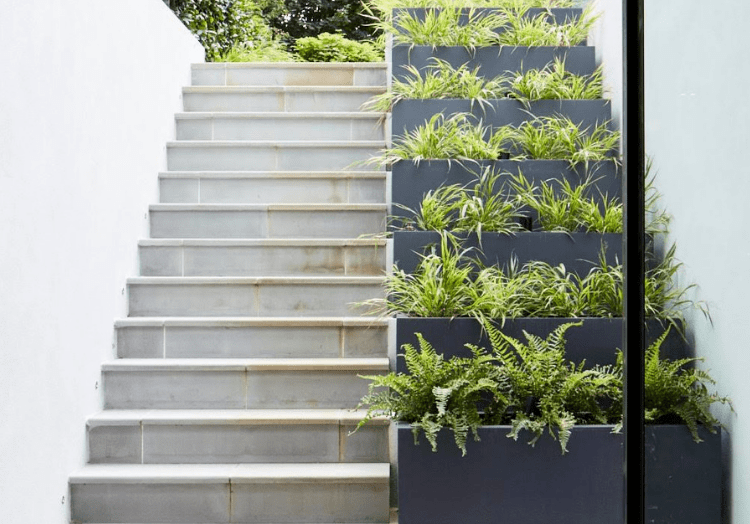
A twist to the usual basements… have you thought of a Garden Basement?
A garden basement, allows for a brighter, lighter space as you can install roof lights, lightwells or terraces and flood the basement with natural light.
External openings directly into the garden allow for fresh air. Basements under the existing structure have limited scope for natural air and sunlight. Garden basements, on the other hand, by their very nature and position on your property are ideal to allow for fresh air and light.
A garden basement can be much bigger than a basement under your home if you have a large garden. There’s nothing to stop you (other than council approval) from creating a basement under your garden that spans across it.
Often, a garden basement is quicker to build than one that’s under the existing property simply from an ease of access perspective. Equipment for a basement conversion is large, heavy and cumbersome and much harder to manoeuvre inside a property than outside. Equipment like the conveyor belt and piling rig can easily be installed outdoors.
One of the most useful facts of a garden basement is its reduced impact to your and your neighbour’s properties from a structural perspective. And with no building added to the back of your house, it’s subtlety, protects your neighbour’s right to light.
We’ve probably got you excited about your garden basement now… your head spinning with ideas and plans for that amazing space you are going to create. That’s wonderful and please do give us a call if you need someone to help you through it.
However, before you dive into the project, there are some elements you need to consider.
- Planning – Please speak to your local council to understand the basement planning policies in your borough. Different areas have different requirements and it’s important to be well-informed about what you can and cannot do.
- Is your property in a conservation area? If so, there are some very specific requirements that you need to adhere to.
- Trees- check if there are any Tree Protection Orders (TPO”s) on your property. You will also need to assess whether your basement will have an impact on the trees in both yours and your neighbour’s properties.
- Party Wall Awards –You will need a party wall award if your home is semi-detached or terraced as you will be digging close enough to your neighbour’s property. If you are in a detached home, other criteria come into play. Speak to a party wall specialist to assess whether you need an agreement.
- Hire a competent and experienced architect. Your architect is the single most important person when you are embarking on any extension or conversion project. Find out how you can find the right architect here.
- Of course, your building contractor is as important as your architect. Make sure you appoint a builder who is experienced with building basements. A builder who has never done a basement, may be perfectly capable of building an extension, but a basement has considerations that only an experienced basement builder will know.

Our favourite basement conversion projects…
The SDA Build London team have picked some of our favourite recent basement conversions projects below – and if you feel inspired by any of them or want to talk about what we can do with your home, get in touch here!
Basement cinema and wine cellar conversion
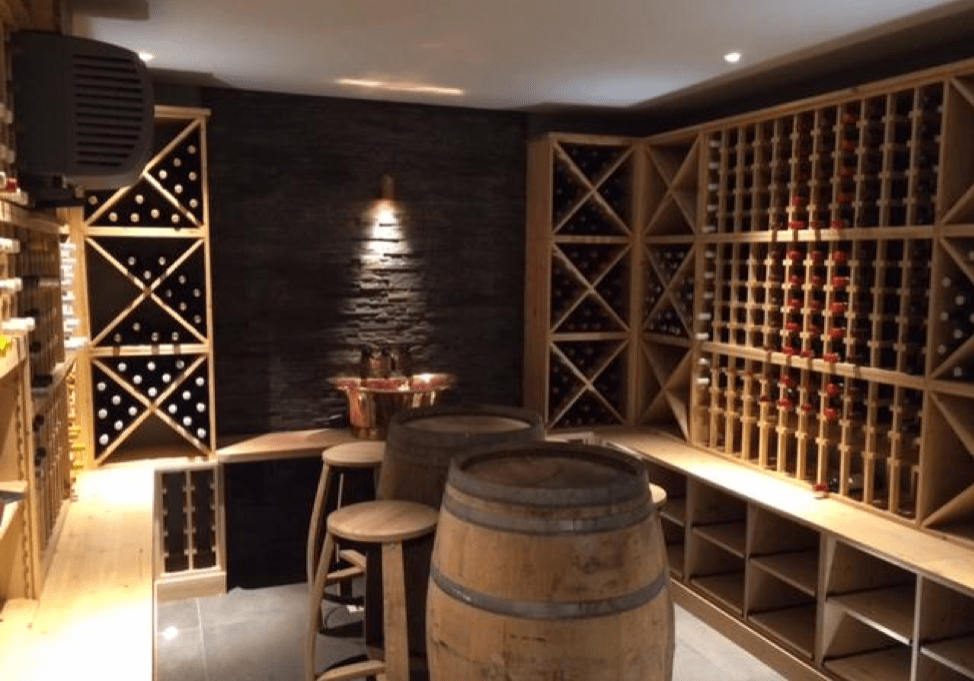
Basement bar in the garden
The brief for this project in Wandsworth was to add a private bar area to the garden of this home that felt like a natural extension of the garden. With no permission to extend the property above ground, SDA Build London dug underground. We ensured the basement bar never felt detached from the rest of the garden by allowing natural light from the garden to always shine through, with an open design that utilises the same colour palette as the garden itself.
Entire floor dig out
The most extensive basement conversion of them all, this type essentially adds an entire floor to a property that can extends out the entire length of the home and garden. For the Fulham terrace property in the images below, the basement conversion allowed the owner to relocate their living room, a home office and a luxurious en-suite guest bedroom to the basement, freeing up the ground and 1st floor to become more spacious.
Conclusion
Excited about your basement conversion? You should be. One of the benefits of a basement conversion – aside from adding an entire new floor to your home of course – is that it suddenly makes the rest of your home… A bit roomier. The SDA Build London team have worked on some stunning basement conversions. Give us a call on 0208 191 7595 or email us on enquiries@sdabuildlondon.co.uk to discuss your basement build.
Better still, why not book a FREE consultation via our website. One of us will visit your property, discuss your needs and share some of our recommendations with you.
DOWNLOAD YOUR GUIDE TO BASEMENT CONVERSIONS
By submitting my details on this form, I consent to being contacted by a member of the SDA Build London team by email or telephone. Privacy Policy

